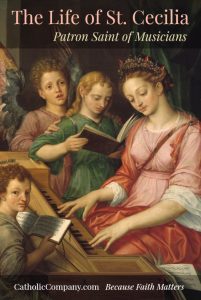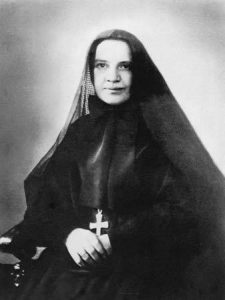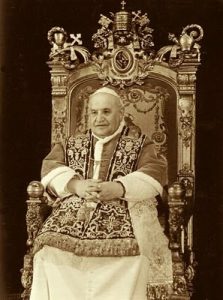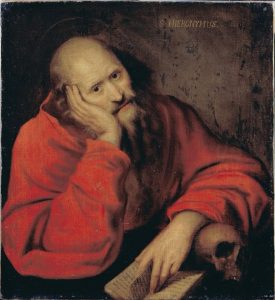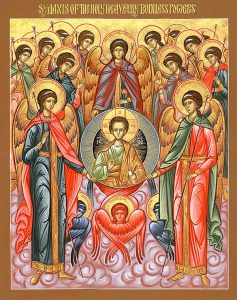Clement was a disciple of Ss. Peter and Paul from whom he learned about Jesus and the new Way. Much of what we know about Clement comes from his epistle to the Church at Corinth (an example of pastoral concern and paternal prudence). Yet, our knowledge of Clement comes through the witness of St. Irenaeus spent significant time with the Church at Rome, before serving as bishop of Lyon from approximately AD 177. Irenaeus was a pupil of Polycarp. The Roman Christians chose him as their bishop to succeed Linus and Cletus who briefly held that office before being martyred.
Its antiquity ranks Clement as the first of the great Apostolic Fathers. Tradition holds that after being tried for his faith Clement was exiled to hard labor in the Crimea, where he was believed to have been martyred. His relics were returned to Rome by St. Cyril, who reportedly discovered them on one of his early missionary journeys to the region. The relics were placed in what is now called St. Clement’s church in Rome (now under the direction of the Order of Preachers), where Cyril himself was buried when he died while he and Methodius were in Rome preparing for their mission among the Slavs.
The importance of St. Clement is his understanding of ecclesial authority and the life of the Christian in the face of said authority. As St. Irenaeus says, Clement had “the preaching of the apostles … echoing [in his ears], and their traditions before his eyes.” Is this true for us today? Do we have the preaching of the apostles echoing in my ears, and the traditions of the apostles before my eyes?

